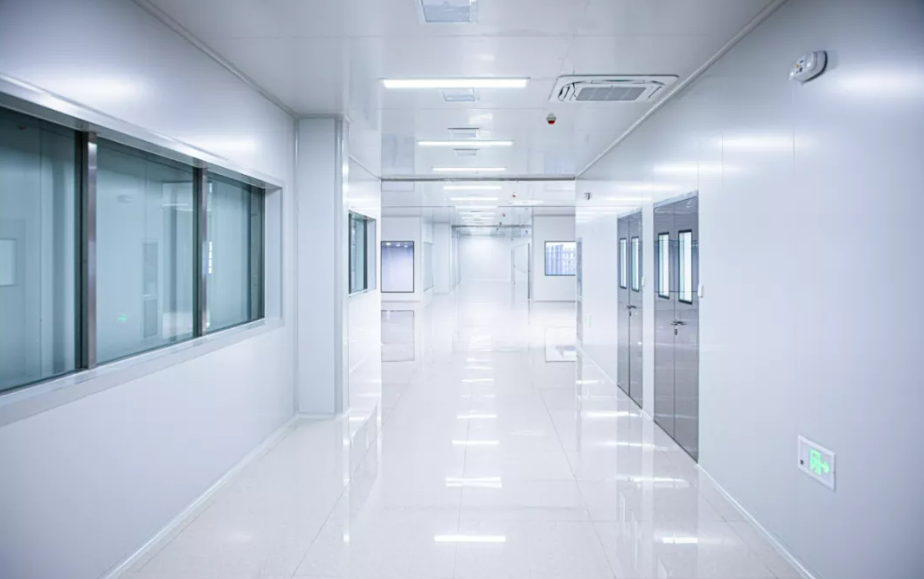Cleanrooms are designed to maintain strict control over environmental factors, but they’re only effective if they have an expertly designed airflow pattern to help them reach the desired cleanliness level and ISO classification standard. ISO document 14644-4 describes airflow patterns to be used in cleanrooms at the different classification levels in order to maintain strict airborne particle counts and cleanliness.
Cleanroom airflow must allow the air within the cleanroom to be completely changed to remove particles and potential contaminants before they can settle. In order to do this properly, the airflow pattern must be uniform — ensuring every part of the space can be reached with clean, filtered air.
To break down the importance of cleanroom airflow uniformity, we need to start by looking at the three main types of airflow in cleanrooms.
#1 UNIDIRECTIONAL CLEANROOM AIRFLOW
This type of cleanroom air moves in one direction across the room, either horizontally or vertically from fan filter units to the exhaust system that removes “dirty” air. Unidirectional flow requires as little disturbance as possible to maintain a uniform pattern.
#2 NON-UNIDIRECTIONAL CLEANROOM AIRFLOW
In a non-unidirectional airflow pattern, air enters the cleanroom from filter units located in multiple locations, either spaced throughout the room or grouped together. There are still planned entrance and exit points for air to flow along more than one path.
Although air quality is less critical compared to unidirectional airflow cleanrooms, special attention should be paid to make sure air is changed thoroughly, minimizing the potential for “dead zones” within the cleanroom.
#3 MIXED CLEANROOM AIRFLOW
Mixed airflow combines both unidirectional and non-unidirectional airflow. Unidirectional airflow may be used in specific areas to boost protection around working areas or more sensitive materials, while non-unidirectional airflow still circulates clean, filtered air throughout the rest of the room.
Whether a cleanroom airflow is unidirectional, non-unidirectional, or mixed, having a uniform cleanroom airflow pattern matters. Cleanrooms are meant to be controlled environments where all systems should work to prevent areas where buildup of contaminants can occur — via dead zones or turbulence.
Dead zones are areas where air is turbulent or not being changed and may result in deposited particles or a buildup of contaminants. Turbulent air in a cleanroom is also a serious threat to cleanliness. Turbulent air occurs when the airflow pattern is not uniform, which can be caused by non-uniform speeds of air entering the room or obstructions in the path of incoming or outgoing air.
Post time: Nov-10-2022

